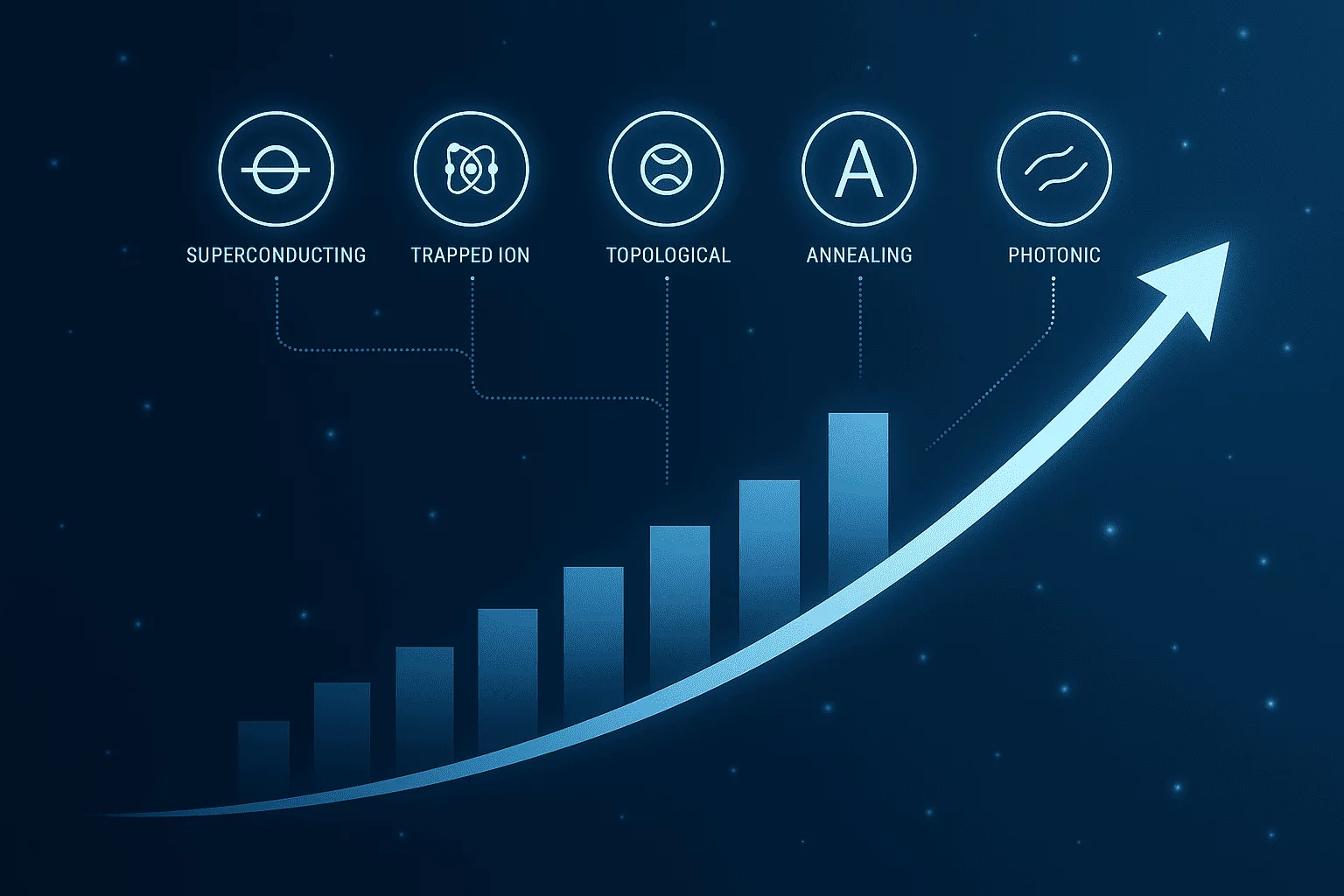The third quarter is not just another page in the corporate calendar—it’s the pivot point that determines how strong your year-end performance will be. Q1 sets intentions, Q2 builds momentum, but Q3? That’s where the reality of your strategic plan meets the practicalities of the market. For procurement leaders, Q3 data is the golden compass for navigating the final six months of the year. It’s not simply about looking at historical numbers; it’s about extracting insights, predicting demand, mitigating risk, and aligning with macroeconomic shifts that shape everything from supplier pricing to raw material availability. Learn how procurement leaders can leverage Q3 data to optimize strategy for H2—covering trends, tools, risk management.
Why does this matter now? Because procurement is no longer just about buying at the lowest price. It’s about building resilient, agile supply chains in a world of economic volatility, shifting trade policies, climate disruptions, and rising ESG expectations. With global uncertainty—from tariff escalations between the U.S. and China, to inflationary ripples in emerging markets—leveraging Q3 insights can spell the difference between meeting your KPIs and facing painful cost overruns in Q4.
This article unpacks how procurement professionals can harness Q3 data to plan effectively for H2, backed by real-world statistics, strategic frameworks, and forward-thinking practices. We’ll also close with insight from procurement strategist Mattias Knutsson, whose perspective will help you reimagine procurement as a future-ready function.
The Case for Data-Driven Procurement: Why Q3 Matters
Procurement success in H2 begins with recognizing Q3 as your predictive engine. Consider these realities:
- According to Gartner’s 2024 Procurement Benchmarking Report, companies that actively use quarterly data reviews improve cost predictability by 27% and reduce supply risk by 18%.
- Global PMI indices often pivot in Q3, signaling future price fluctuations. For example, in 2024, the Eurozone manufacturing PMI moved below 50 in July, foretelling a softening in commodity prices by Q4—a trend leveraged by agile procurement teams for strategic buys.
- Supplier financial health often becomes clearer mid-year, giving organizations a chance to renegotiate terms or diversify before peak-year demand strains the market.
Q3 is also when budget visibility sharpens. CFOs seek updated forecasts, boardrooms scrutinize spend efficiency, and procurement teams must pivot from reactive firefighting to proactive planning.
Global Economic Context: Reading the Q3 Signals
To leverage Q3 data effectively, procurement leaders need to interpret macroeconomic indicators shaping their categories:
Inflation & Interest Rates:
Global inflation cooled to 4.6% in June 2025 (down from 5.8% in early 2024), with developed markets averaging 2–3%. However, emerging economies—especially in Africa and parts of Asia—still face 7–9% inflation. Central banks have eased rate hikes, but volatility persists in currency markets, impacting import-heavy sectors.
Commodity Prices:
The World Bank Commodity Outlook suggests energy prices are stabilizing, while metals like copper are projected to rise by 3% in Q3 due to EV battery demand. Agricultural commodities show mixed trends, with wheat prices falling 2% amid bumper harvest forecasts.
Geopolitical Trade Dynamics:
With the U.S.–China tariff discussions reigniting and new EU digital tax frameworks rolling out, procurement teams need scenario planning baked into Q3 analysis to prevent cost shocks.
Extracting Q3 Data That Matters Most
Not all data points are equal. Successful procurement teams zero in on metrics that inform action:
- Spend Analysis by Category: Understanding category-level variances from H1 helps forecast renegotiation opportunities or consolidation benefits in H2.
- Supplier Performance Dashboards: Q3 is a natural checkpoint to evaluate on-time delivery, quality metrics, and ESG compliance for suppliers.
- Inventory Position & Carrying Costs: With global inventory ratios tightening, Q3 reviews can prevent overstocking before Q4 seasonal peaks.
- Market Price Indices: From the Baltic Dry Index for freight to CRB commodity indexes, aligning internal category planning with external benchmarks is critical.
Leveraging AI-enabled analytics tools can make these insights faster and more actionable. Deloitte’s 2024 CPO Survey noted that 54% of procurement leaders using predictive analytics improved forecast accuracy by at least 20%.
How to Turn Q3 Insights into H2 Strategy
Data without action is just noise. Here’s how procurement leaders can translate Q3 intelligence into real value:
Rebalance Supplier Portfolios:
If Q3 data shows rising lead times in Asia, now’s the time to expand nearshore options in Europe or Africa. According to McKinsey, companies that diversified supply bases across three or more regions saw 12% lower disruption risk during global shocks.
Negotiate with Confidence:
Mid-year reviews are prime time for renegotiation. Armed with Q3 commodity data and supplier KPIs, procurement teams can secure favorable terms for Q4 and even pre-lock 2026 pricing.
Hedge Against Volatility:
For categories tied to volatile inputs (energy, metals), Q3 is the quarter to deploy hedging instruments or long-term contracts while prices stabilize.
Align ESG & Compliance Goals:
Sustainability metrics are no longer optional. Q3 evaluations should benchmark suppliers against ESG frameworks like GRI or SASB, anticipating reporting obligations in Q4 annual disclosures.
Technology: The Q3 Advantage
Digital tools amplify Q3-driven decision-making. Platforms with predictive modeling, blockchain-enabled transparency, and AI-driven risk monitoring allow procurement teams to pivot quickly. For instance:
- Machine Learning Forecasts: Predict raw material demand and flag anomalies.
- Smart Contracts: Automate compliance tracking in ESG-sensitive markets.
- Supplier Risk Dashboards: Provide real-time alerts on geopolitical or financial health indicators.
According to Accenture’s Future of Procurement Report, organizations investing in digital procurement ecosystems outperform peers by 1.8x in cost optimization and 3x in compliance adherence.
Case Study: A Mid-Year Pivot that Paid Off
In 2024, a global FMCG company noticed in Q3 that its ocean freight rates had dropped 18% due to declining Asia–Europe shipping demand. Instead of sticking to spot buying, procurement locked in six-month contracts at the lower rate, saving $4.5M in Q4 alone. The key? A proactive Q3 review combined with agile decision-making.
Common Pitfalls in Q3 Procurement Planning
Even seasoned teams fall into traps like:
- Analysis Paralysis: Drowning in dashboards without prioritizing action.
- Short-Termism: Focusing only on Q4 without planning for Q1 next year.
- Ignoring External Signals: Internal cost models matter—but ignoring FX volatility or PMI trends leads to surprises.
The antidote? Clear prioritization frameworks and cross-functional alignment.
Building Organizational Buy-In
Q3 insights don’t live in a vacuum. Share findings in visual, executive-friendly dashboards, tie procurement goals to P&L impact, and loop in finance early. Companies that formalize Q3 planning sessions with CFO and operations teams see 35% faster approval cycles for strategic sourcing initiatives.
The Human Side: Q3 as a Morale and Capability Builder
Data-driven procurement is as much about people as it is about analytics. Q3 is an opportunity to train teams on new tools, revisit supplier relationship strategies, and celebrate quick wins that set the tone for an energized finish to the year.
Mattias Knutsson on Q3 Procurement Success
Mattias Knutsson, an internationally recognized procurement strategist, sums it up:
“Q3 is the quarter of truth. It’s where you either realign and finish strong—or watch opportunities slip away. The best procurement leaders don’t just track prices; they anticipate risk, shape strategy, and build ecosystems of trust and transparency. Technology helps, but vision and agility win the race.”
He emphasizes ESG integration and resilience:
“We must move from cost-centric thinking to value-centric ecosystems—balancing financial performance with sustainability and social responsibility.”
Conclusion:
As H2 unfolds, procurement leaders face an unpredictable mix of macro volatility, technological disruption, and stakeholder pressure. Yet Q3 offers the tools, signals, and timing to steer toward success—if you act with clarity and confidence.
This is more than a numbers game. It’s about strategy, foresight, and adaptability. Companies that harness Q3 insights—whether through digital dashboards, supplier collaboration, or predictive analytics—position themselves not just for a strong Q4, but for a resilient and competitive 2026.
As Mattias Knutsson reminds us, “Procurement isn’t just buying; it’s building the architecture of tomorrow’s enterprise.” The second half of 2025 is your chance to prove it.





